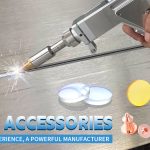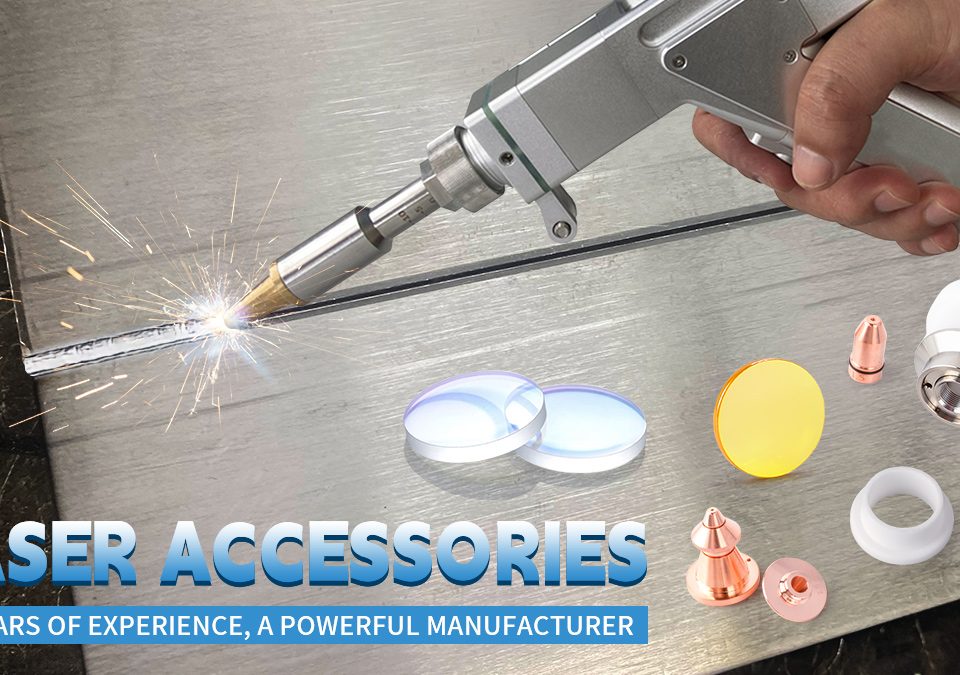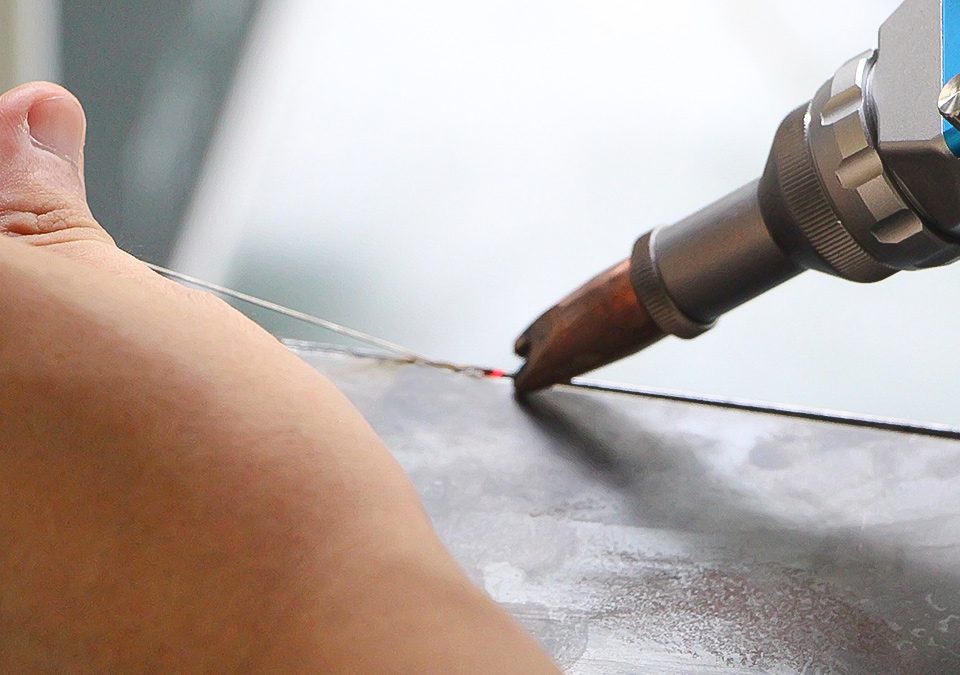
Laser Welder Troubleshooting Guide
21 5 月, 2025
Laser Welding Machine Maintenance: How to Extend Lifespan & Improve Weld Quality
21 5 月, 2025Introduction
Permanent product identification (serial numbers, logos, QR codes) is critical in manufacturing, electronics, and medical devices. While traditional methods like inkjet printing and mechanical engraving still exist, laser marking systems are becoming the gold standard. This guide compares technologies and explains why laser marking dominates modern industrial applications.
1. Technology Showdown: Laser vs. Alternatives
| Factor | Laser Marking | Inkjet Printing | Mechanical Engraving |
|---|---|---|---|
| Precision | 0.01mm (sub-micron possible) | 0.1-0.5mm (smudging risk) | 0.05-0.2mm (burrs common) |
| Speed | High (100+ characters/sec) | Medium (drying time required) | Slow (tool wear slows process) |
| Durability | Permanent (resists heat/chemicals) | Fades/peels over time | Durable but prone to oxidation |
| Materials | Metals, plastics, glass, ceramics | Paper, limited plastics | Metals, rigid plastics |
| Eco-Impact | Zero consumables, no waste | VOC-emitting inks | Metal particulate waste |
| OPEX | Low (only lens/NOZZLE replacement) | High (ink/printhead costs) | Moderate (frequent bit changes) |
✅ Key Takeaway: Lasers outperform in precision, speed, and total cost of ownership, especially for medical devices, aerospace, and automotive applications.
2. Why Laser Marking Wins in Modern Manufacturing
① Microscopic Precision for Miniaturization
- Engraves 0.01mm-width QR codes on PCBs and microchips
- Non-contact process eliminates part deformation
② Zero Consumables = Lower Lifetime Costs
- Unlike inkjet ($$$ for inks/printheads), lasers only need occasional lens cleaning (annual maintenance)
③ Seamless Industry 4.0 Integration
- PLC/MES compatible with automated production lines
- Direct CAD file import (DXF, AI, SVG formats)
④ Compliance with Global Standards
- Meets FDA (UDI), EU MDR, and automotive traceability requirements
3. Choosing the Right Laser Marker
By Material Type:
🔹 Fiber Lasers (1064nm): Metals, engineered plastics
🔹 CO₂ Lasers (10.6μm): Organics (wood, leather, glass)
🔹 UV Lasers (355nm): High-reflectivity materials (gold, copper)
Selection Checklist:
✔ Wavelength (matches material absorption)
✔ Power (20W-100W for depth/speed balance)
✔ Software (look for EzCad2 or LightBurn compatibility)
4. Case Study: Automotive Traceability
A Tier 1 supplier achieved:
- 300% faster marking (1 sec/part vs. 5 sec)
- $50k annual savings by eliminating inks/tools
- 0% readability failures after e-coating/heat tests
5. Next Steps for Your Business
Ready to upgrade? We offer:
- Free material testing with your samples
- Side-by-side technology comparisons
📞 Call: [18796202771]
📧 Email: [seanxiong@znklaser.com]


